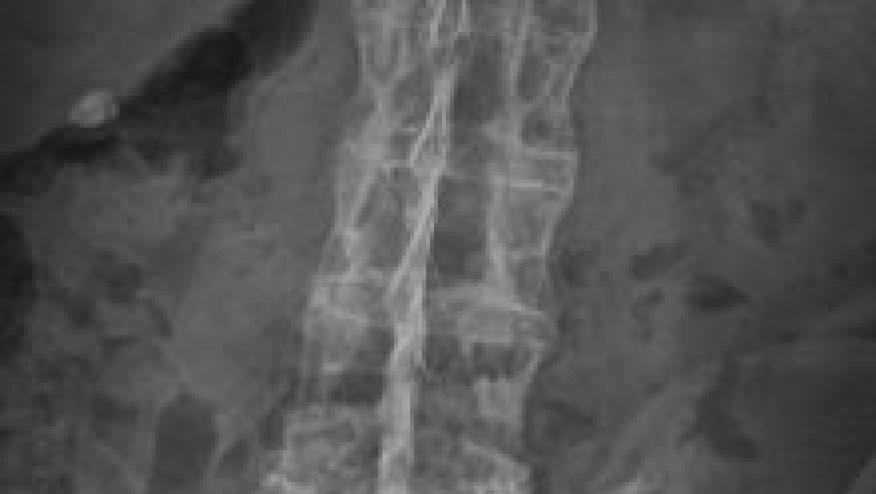Does Gender Make a Difference in Axial Spondyloarthritis Save

Males and females can both be affected by axial spondyloarthritis (axSpA). A recent study shows that while there are some differences and similarities, HLA-B27 and imaging are still pivotal elements for diagnosis of axSpA in both genders.
The SPACE (SPondyloArthritis Caught Early) cohort was devised to assess adults with chronic back pain (CBP; duration ≥ 3 months and ≤ 2 years, age of onset < 45 years) and is the dataset for these analyses.
From a total of 719 CBP patients, 275 were male and 444 were female. The subsequent diagnosis of axSpA was made in 53% of males and 35% of females. Thus males were more likely to be diagnosed with axSpA (OR 2.1, 95% CI 1.5–2.9).
Males differed from female axSpA patient by being younger at diagnosis (27.4 vs 29.5 years; p = 0.02), haveing more HLA-B27 positivity (80% vs 60%; p < 0.01) and more imaging positivity (MRI or radiograph sacroiliitis) (78% vs 64%; p = 0.01).
Women with SpA features did have the same symptom duration and were also HLA-B27+ (23%) and had positive imaging studies 7% of the time.
In multivariate analyses, the diagnosis of axSpA was equally linked to HLA-B27 and imaging positivity in both sexes. Yet males and those who were HLA-B27+ were more likely to manifest imaging positivity.
These results do not endorse the need for separate diagnostic strategies for men and women with CBP.










If you are a health practitioner, you may Login/Register to comment.
Due to the nature of these comment forums, only health practitioners are allowed to comment at this time.